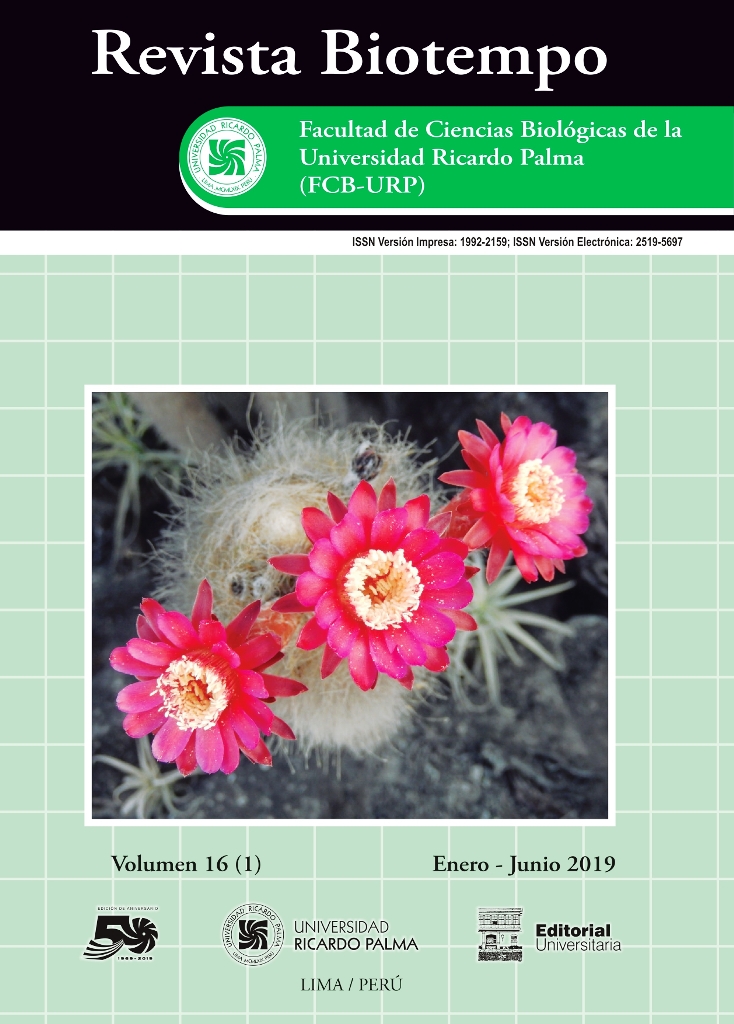A BIOTOURIST MODEL IN THE MEXICAN PACIFIC COAST: BIOLOGICAL AND ENVIRONMENTAL CHARACTERISTICS ASSOCIATED WITH THE SUSTAINABLE ACTIVITY OF THE SEA LION ZALOPHUS CALIFORNIANUS (LESSON 1828)
DOI:
https://doi.org/10.31381/biotempo.v16i1.2173Abstract
The aim of this investigation was to analyze the biological and environmental characteristics concerning the development of tourism around the California sea lion Zalophus californianus (Lesson, 1828) in the Bay of Mazatlan, Mexico. The California sea lion, according to recent studies, inhabits the coasts of northwestern Mexico during the months from November to May (6 months). In this period, around 35,531 tourists visited this aquatic animal in its natural habitat, just 2 km from the coast. Th is economic activity generated an annual income for tourism services of $11,425,120.00 M.N ($626,517.24 USD) that off er ecotourism of the sea lion as a profitable attraction in the bay known as the Pearl of the Mexican Pacifi c. In the Bay of Mazatlan, this marine mammal enjoys a privileged place on the boardwalk, where there is a monument highlighting its importance in the port. Th is animal is the only pinniped species resident in the Gulf of California, with an approximate registry of 40 colonies. Also, there is a temporary ´house´ in a rock formation called Roca Tortuga (RT) at the geographic coordinates of 23 ° 11’13.15 “N and 106 ° 26’45.68” in the winter and spring months. Recent studies conducted 245 surveys of sea lions at Roca Tortuga during the winter of 2006 and the spring of 2013 by a local ecotourism company. Sea lions were observed at the study site from September to May-June, but with interannual variations in their abundance. In the winter seasons of 2011-2012 and 2012-2013 anomalies were recorded in their abundance, with minimal visitation during 2012. The most important environmental factors were determined: the water temperature shows seasonal variations, with maximum values from July to September (30ºC) and minimums in December (19ºC). Th e feeding of this mammal is based on sardines Sardinops sagax caeruleus (Girard, 1854), Pacific mackerel Scomber japonicus Houttuyn, 1782 and hake Merluccius sp Rafinesque, 1810. The temporary population of California sea lion that visits the coastal waters and that is added during the winter and spring in Roca Tortuga, on the Mexican Pacific coast and is considered in this work as a biomodel study of nature tourism sector as lucrative activity. This marine resource is vulnerable both to changes in environmental conditions, particularly those that affect local
productivity, and to the impacts associated with human activities such as fishing and the tourism that visits RT, these being its main threats.










